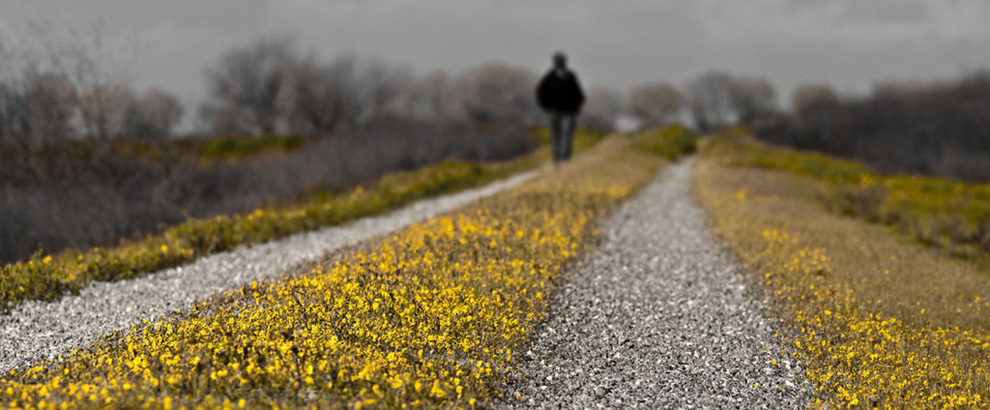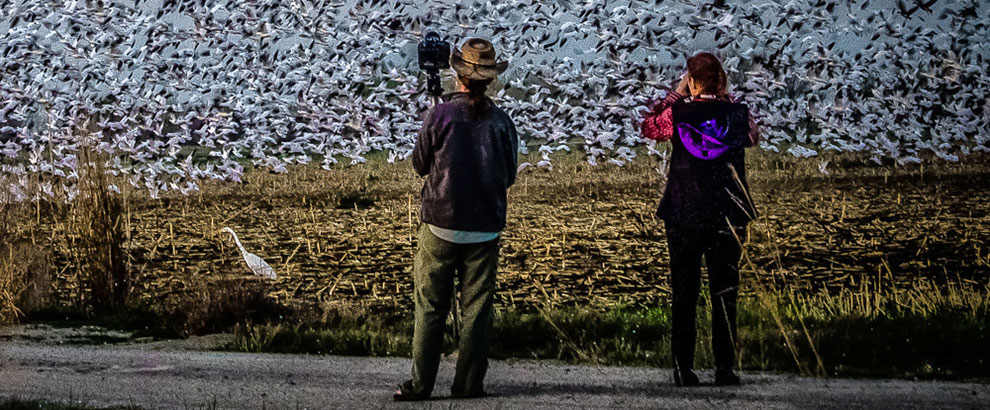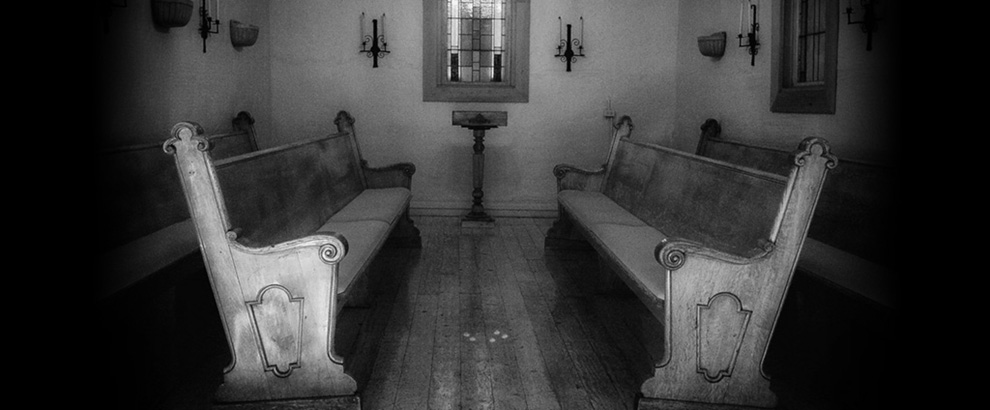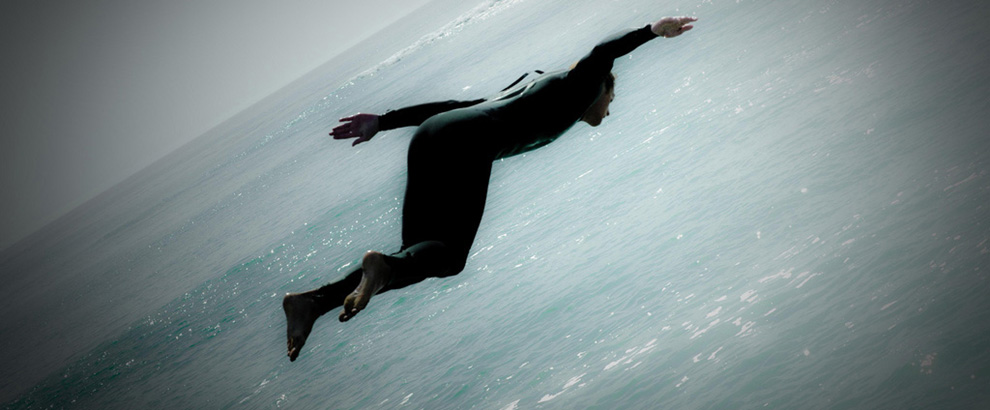
“At this point, we’ve seen the adults are not doing what they’re supposed to be doing, which is to keep us safe. So we’re done with going to them and asking for permission. At this point we’re just going to do what we have to.”
Can there be a more calmly damning, withering critique of the failure of American political institutions and the adults who run them to come to terms with the appalling gun violence in this country than that statement last week by 16-year-old Vikiana Petit-Homme, a junior at Boston Latin Academy in Massachusetts?
And the real goal of those advocating for stronger gun laws is to destroy ‘all individual freedoms’ in a stealthy legislative coup. One wonders whether LaPierre, shrewd as he is, actually believes this nonsense, or he is just tossing red meat out to the distinct minority of NRA fanatics who do.
Petit-Homme is one of many student leaders organizing a National School...
Read More










Recent Comments